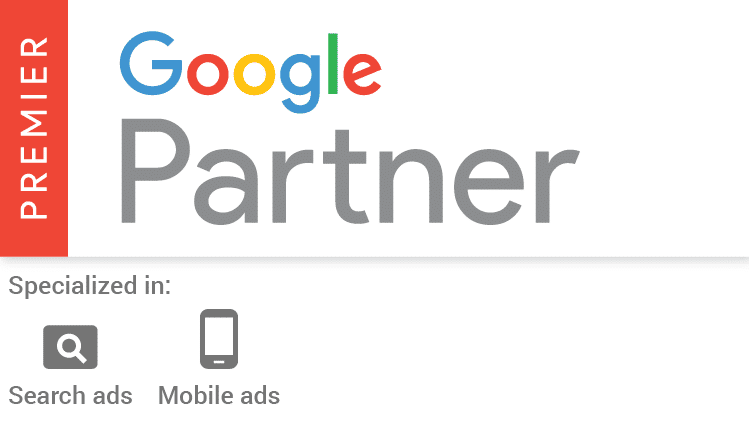Can having too much knowledge about a prospect actually be bad for your business? In the land of the Internet, that may well be true.
My last post considered how remodeling companies use Google to qualify prospects who are considering exterior home improvement projects. For instance, roofers, siding companies, paving firms and solar dealers regularly use Google Earth to assess properties right from the comfort of their offices. They take the time to drive out and meet with homeowners only if their initial review of the property indicates that it could be worthwhile.
That said, I bring up Google Earth in a cautionary way. Having listened to countless call recordings over the last several months, I’ve realized that home improvement companies have begun to rely on Google Earth in ways that may actually hurt their businesses.
Specifically, I’ve heard dealers disqualifying prospects based almost entirely on what they see from the Google Earth pictures of a home. Reasons include:
“the roof isn’t big enough”
“the house has the wrong exposure”
“that’s a tough neighborhood”
“he can’t afford us”
I can hear it in their voices. They talk to the homeowners, jump over to Google Earth, and then sigh. They then launch into a tougher set of qualification questions, but with a reduced sense of urgency. Why? These appointment setters apparently allow Google Earth to color their perceptions of their prospects.
While Google Earth can be a valuable tool (see my next blog post), home improvement companies can easily misuse it. You may think the roof isn’t big enough, but Google Earth doesn’t provide any dimensions so how do you know for sure? Moreover, Google Earth is not always current, and its images can be years old. Google Earth can also display the wrong home for a given address. Not often, but it happens.
Good homeowner leads are tough to come by. Don’t let Google Earth cause you to turn these homeowners away unnecessarily. It just smart business.
Homeowner Connections Through Performance Online Advertising
